Introduction to Overlays
ADR Master supports a plethora of superimposed visual overlay types to aid you in different tasks such as ADR & Foley cueing, ADR & Foley recording, editing, composing or conducting.
There are five different kinds of overlay types available in ADR
Master:
Timecode, Markers, Streamers, Flutters and ADR cues.
ADR Cues themselves offer a variety of additional information on screen, such as text, cue number, character name, dialogue text & recording mode.
Except for the timecode display, they are all controlled by specific Visual Events that can each be inserted at any point in the current timeline on the Visual Events track, Event List, or DAW Control windows.

Markers, Streamers, Flutters and ADR Cue pre-rolls can also be triggered via MIDI notes in your DAW.
Timecode / Feet & Frames Overlay
The most basic overlay type is Timecode or Feet & Frames, which shows the current timeline position at the playhead.
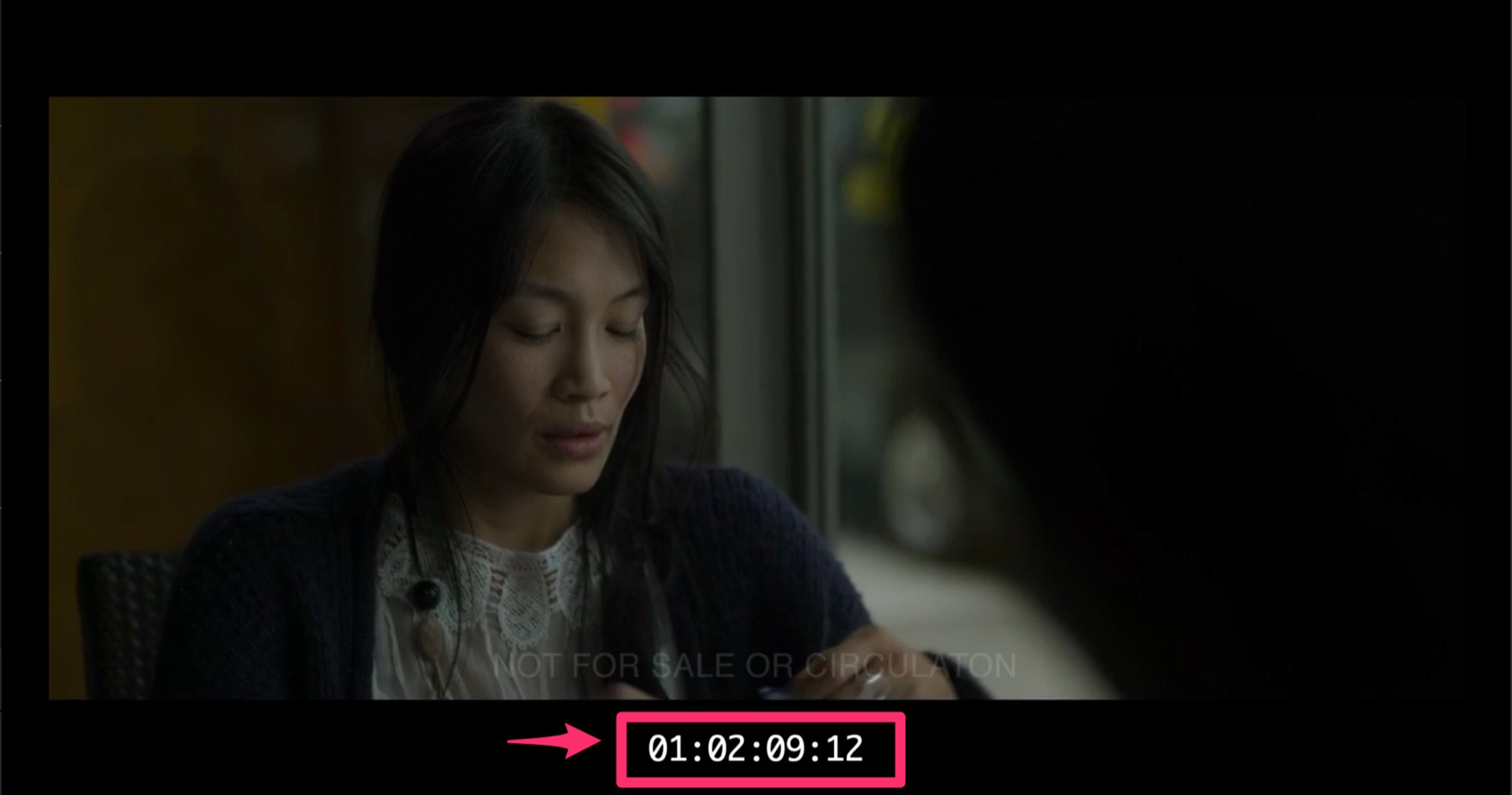
Aside from the Timecode on/off state available for each video device in the Device List, it can also be turned on or off globally across all devices through the View menu or by using the shortcut Cmd & T.
Marker Overlays
Markers are simple text overlay types that are intended to help identify different sections of the movie. They have a start and end timecode. They can be used for example to mark the start of a new scene, a section of the movie that needs attention, a cue name while composing, the start or the end of a section while conducting, or for spotting / supervisor notes.
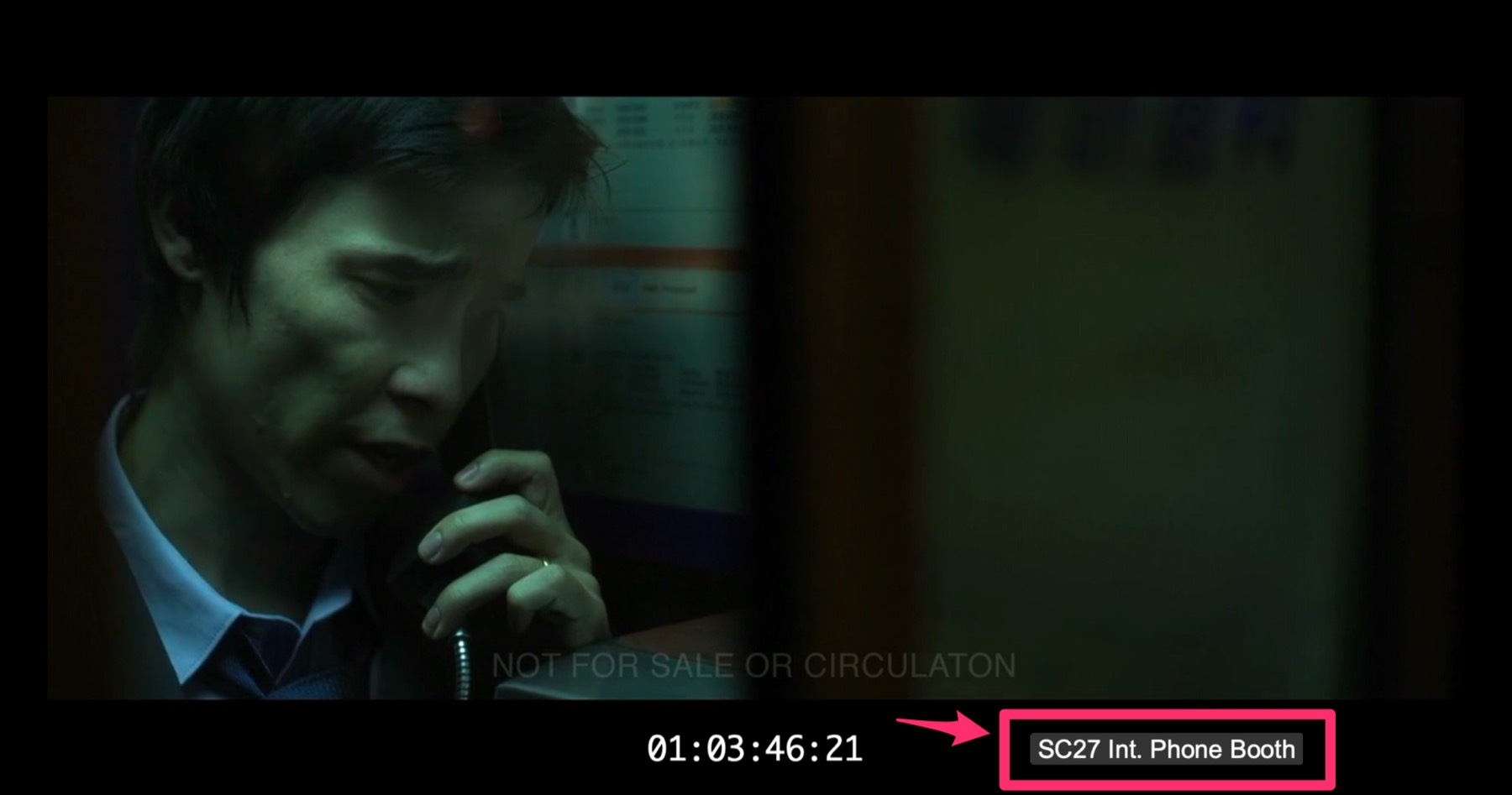
Streamer Overlays
Streamers are overlays used mostly by composers to help find the start of a new cue, the start of a recording take or similar. Traditionally, streamers (often also referred to as 'wipes') are visual cues that display a coloured bar moving from left to right across the screen.
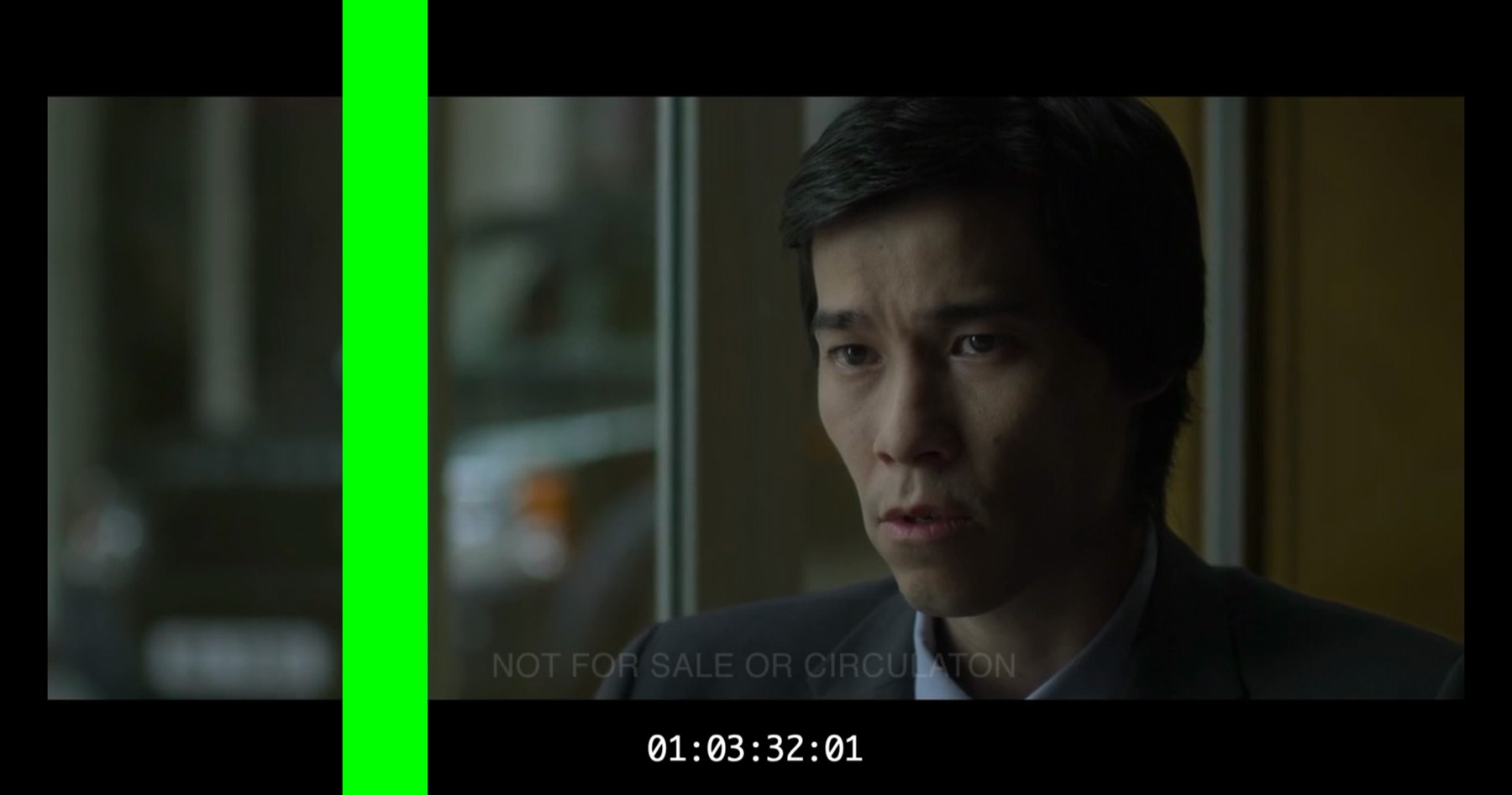
They are usually immediately followed by a flashing circle (the "punch"), but this can be disabled in the preferences.
The size & colour of the Punch is set in the Punch Overlay Preferences.
When scoring to celluloid film historically, a streamer was created by manually scribing a 35mm work print of the film in the right place diagonally terminating the scribe with a physical, pencil sized hole in the film (thus the word "punch"). This is a standard that is still employed today.
Streamers can be either time or tempo based.
When creating a streamer In Point, one sets the timecode of its "hit point". This is where the streamer ends.
Streamers are also one of the visual elements of ADR Cue Visual Events.
Punch & Flutter Overlays
A Punch is a circular overlay in the middle of the screen that flashes once to mark the start of a cue.
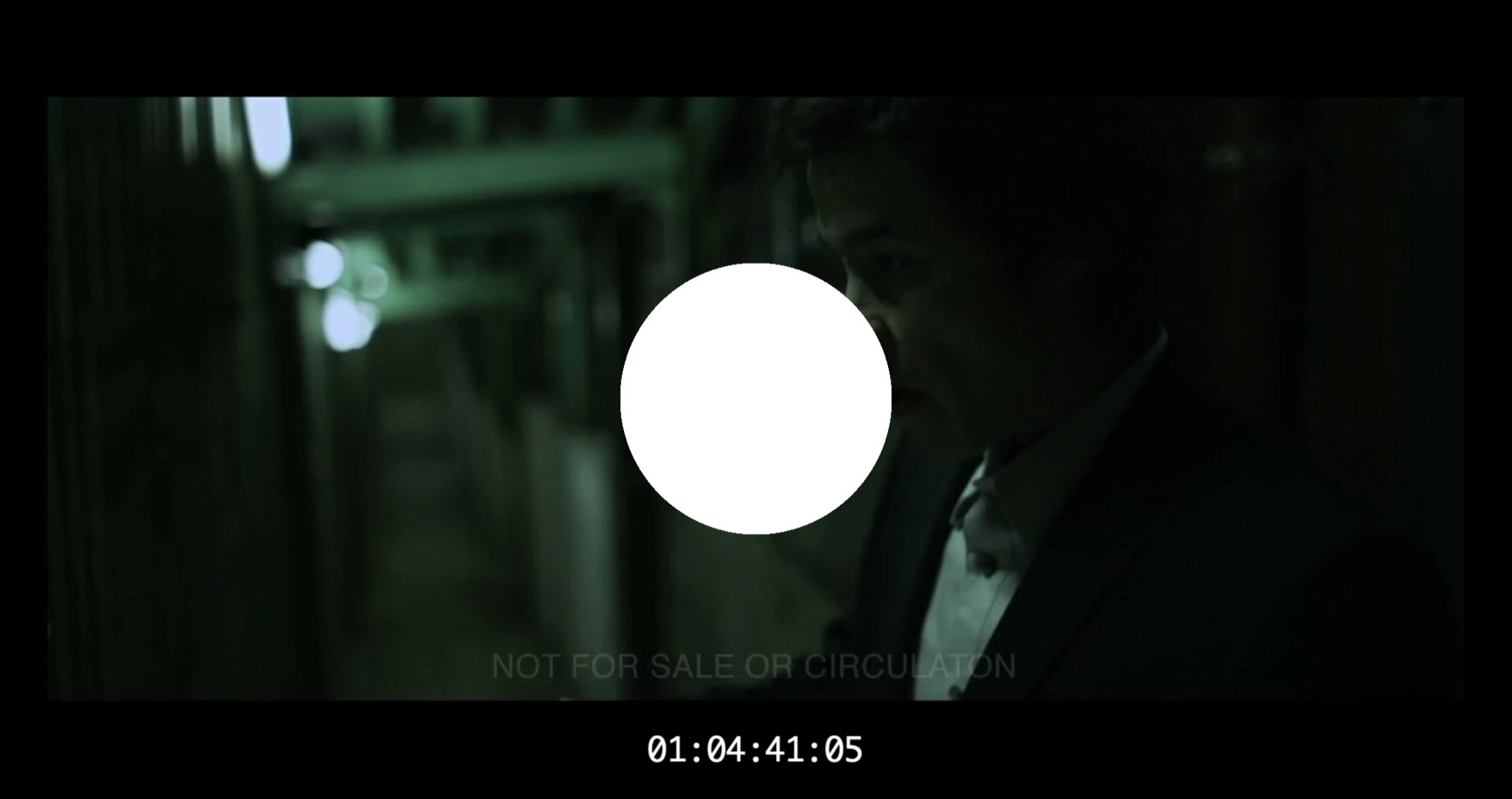
A Flutter is a series of 3, 5 or 7 Punches that create a flicker effect that works like a visual metronome to help a conductor confirm the hit point and tempo of specific downbeats or tempo changes.
Many experienced composer-conductors prefer to avoid an actual metronome or click track when recording film music. Whilst clicks can guarantee a synchronous performance to picture; they often produce an aesthetically mechanical result. Hence audio clicks are muted & visual Flutters are used instead.
The duration of Flutter events is fixed by Time or Tempo Reference Unit Settings under Streamer Preferences, so the in and out points cannot be trimmed in the Visual Event timeline.
A single Punch can also appear automatically on the end 'hit' point of either a Streamer or ADR Cue event.
This requires the Punch After Streamer preference enabled in the Punch tab of the Overlays Preferences.
ADR Cue Overlays
ADR Cues are the most advanced type of overlay available in ADR Master. They have been specifically designed for use in ADR cueing & recording or dubbing sessions - though there are many other possible uses in other sound post-production areas, such as foley. They consist of a Primary Streamer before the in point, a progress bar with optional ADR text and any secondary timing streamers during, and an optional black screen before and after the ADR Cue event. When using ADR Master's ADR recording features, the Rehearse, Record, or Review recording mode can also be displayed.
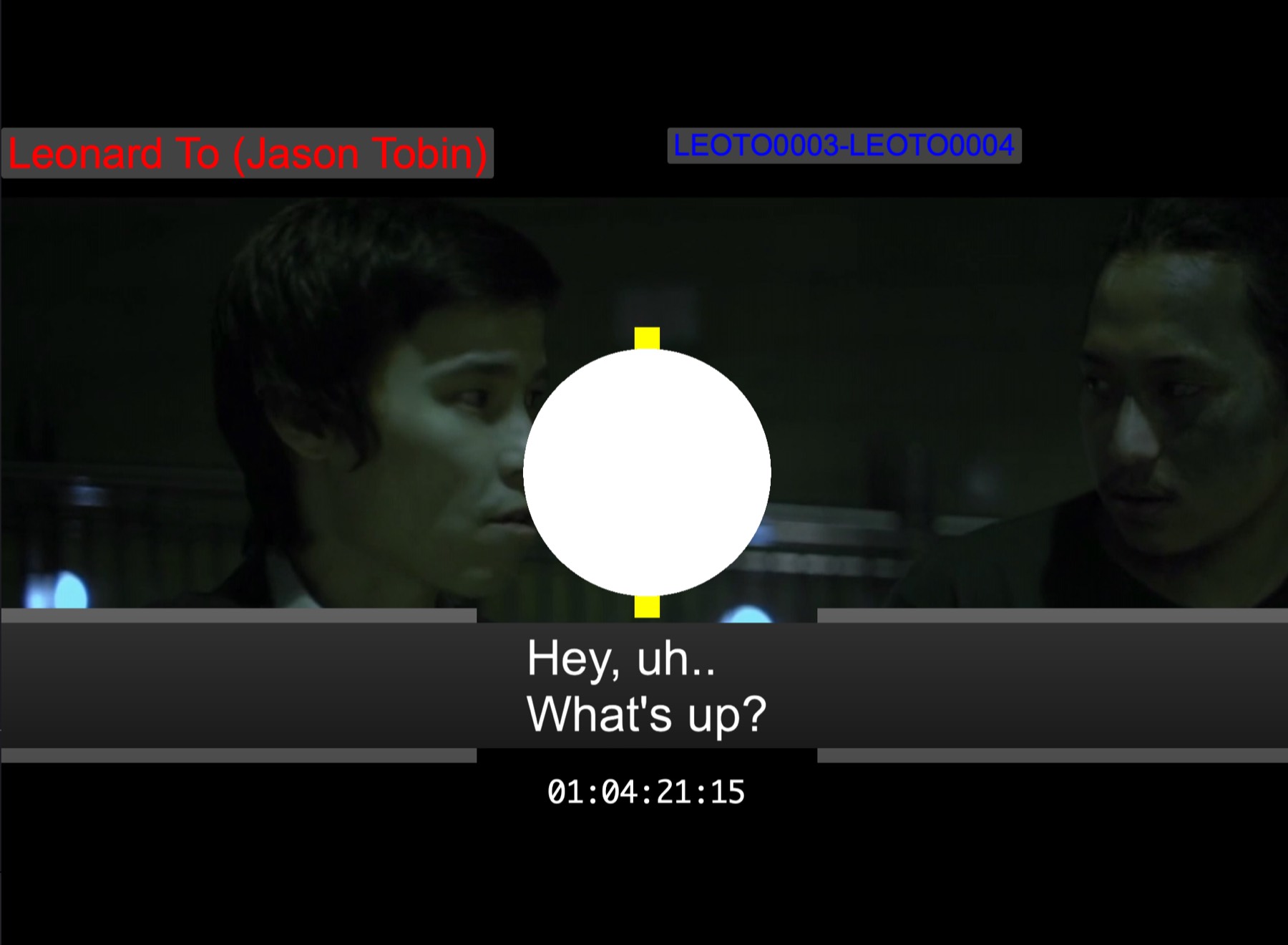
ADR Master has separate overlay settings for the Primary and Secondary Pre-roll. The Primary Pre-roll will always be used before the first selected ADR Cue event if one or more events are selected or if no event is selected at all. The secondary pre-roll will be used for all events except for the first one if more than one event is selected. For example, if an actor has three ADR Cues in one scene, select them and then start the recording pass. ADR Master will then display the primary pre-roll before the first line and the secondary pre-roll before the second and third line - for additional timing references.
For the pre-roll, you can select between three types of styles: a Streamer, a 3-2-1 Count Down, or a 1-2-3 Count Up.
If an ADR Cue has text set, it will be shown during the cue.
The progress bars are shown during the Text overlays can help the actor better estimate how slow or fast a line of text needs to be spoken to match the picture.
If no text is available, the progress bar overlay style can be changed to only draw a small bar that uses less screen real estate. It can also be hidden completely from the preferences.
Additional relevant information pertaining to each ADR Cue event can also be superimposed on video, such as character/actor name & cue number.
When creating an ADR Cue event, you can set the in and out timecode of the actual cue, as well as the streamer duration. The streamer is set to hit at the timecode in point of the event.
Choosing which Overlays are shown on each Video Device
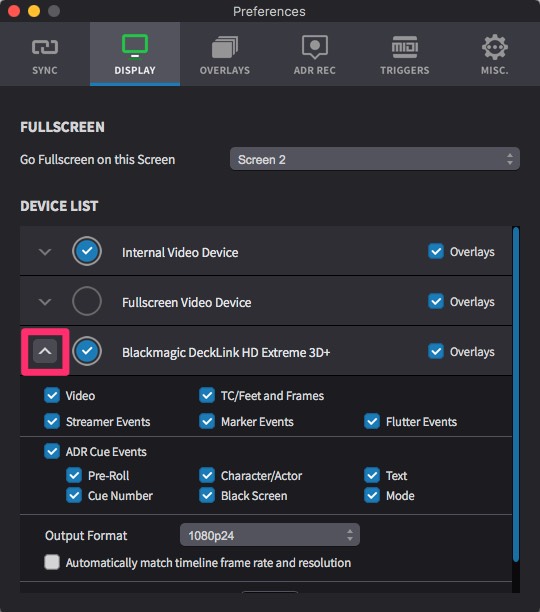 {width=70%}
{width=70%}
ADR Master allows a fine-grained control on which Overlay types you want to see on each video device.
The global and individual on/off state of all the overlays of any particular video device can be chosen in the expanded settings of the video device in the Device List found at: Preferences / Settings → Display window. Using these controls, you can for example give your voice talent a full set of overlays, while the dialogue supervisor can have less overlays, & the recording engineer can have only a TC overlay.
Click on the left-most grey arrow of the relevant video device to show the Expanded settings - so that the arrow is pointing up.
Overlays - Globally toggles all visual overlays on each display device individually on or off by clicking the switch on the right side of each video device name.
Devices with overlays turned off won 't render any visual overlays.
Globally toggle all visual overlays on all display devices simultaneously on or off by clicking the Toggle Overlays Globally menu item from the View menu.
Video - When turned off, the actual video will not be rendered. Only overlays will be shown.
TC/Feet & Frames - Toggles the Timecode/Feet & Frames display
Streamer Events - Toggles streamer events
Marker Events - Toggles Marker events
Flutter Events - Toggles Flutter events
ADR Cue Events - Shortcut which toggles all ADR cue event displays for that particular video device.
Pre-roll - Toggles event pre-roll of ADR Cue Events.
Character / Actor - Toggles the Character / Actor field of ADR Cue Events.
Text - Toggles the Actor's lines / text events of ADR Cue Events.
Cue Number - Toggles cue number display of ADR Cue Events.
Black Screen - Toggles whether the screen goes black just before & after the cue in & out points of ADR Cue Events.
Mode - Toggles the on/off state of the Rehearse, Record, or Review Recording Mode overlays of ADR Cue Events.
The combination of ticked expanded settings checkboxes for each display device will be maintained when toggling that display device's Overlays state, or when Toggle Overlays Globally is used. Supported video devices will also retain their settings if removed and later re-added.
